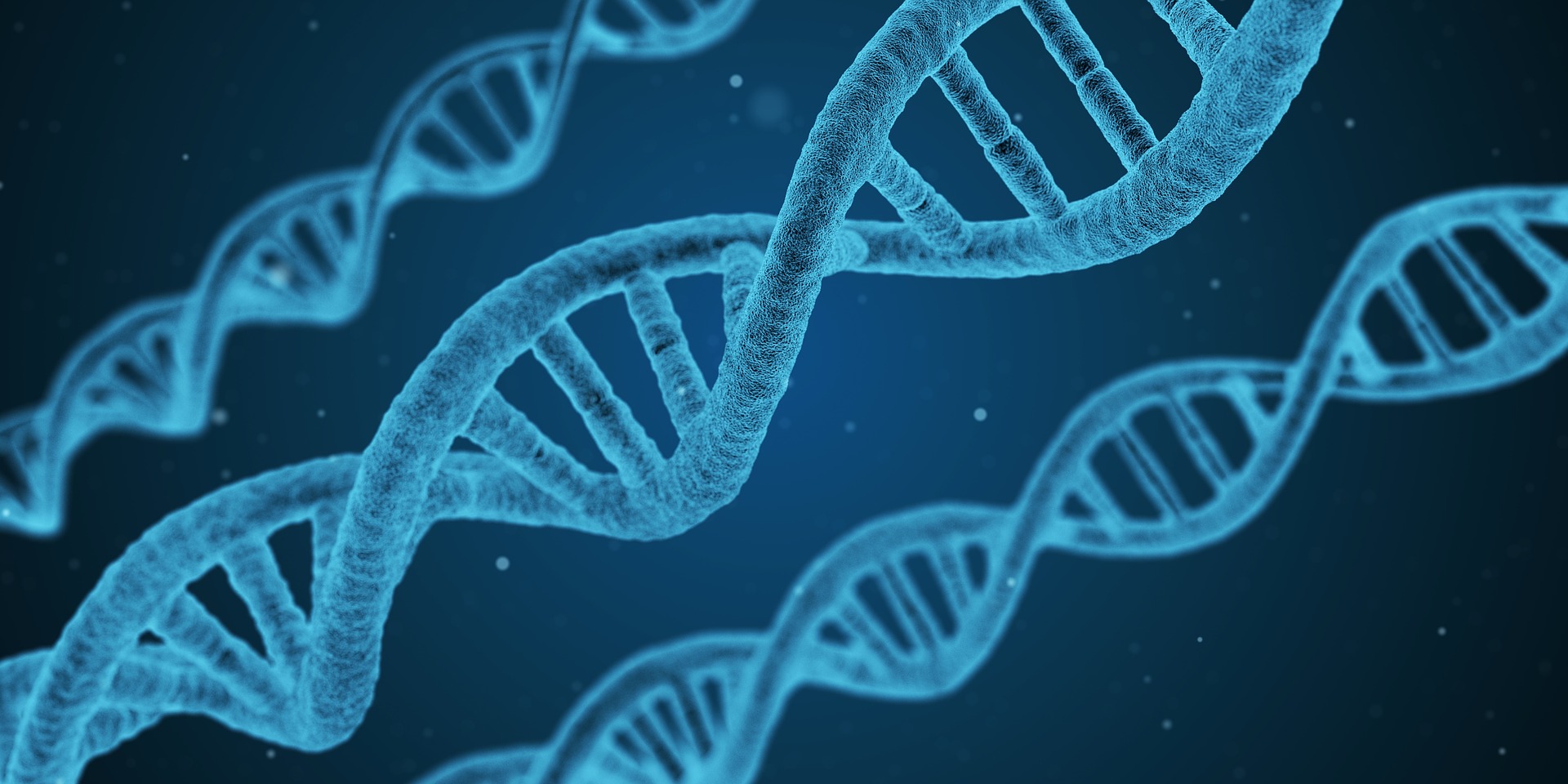From genealogy websites finding serial killers to climate change, it’s been a big year for science. If you’ve been overwhelmed by the amount of news filling up your screen, here’s a summary of the biggest stories of 2018 according to Science News:
The ice lake on Mars
In August, scientists announced that a satellite orbiting Mars picked up evidence of a huge volume of water trapped beneath a lake of ice. This discovery has huge implications for the status of life on Mars and if humans could ever live on the red planet. However, there’s confusion surrounding the lake. Scientists aren’t sure how the water could remain liquid at such cold temperatures, and the other satellite has not confirmed the find. It could be that the polar ice cap has a texture similar to Styrofoam, which insulates the liquid while at the same time escaping the gaze of the second orbiter. Porous ice also means there might be more lakes, but research is in its earliest stages.

Neutrinos are subatomic particles with no electric charge and no mass, so they’re also known as “ghost particles.”
Tracking a neutrino
Neutrinos are subatomic particles with no electric charge and no mass, so they’re also known as “ghost particles.” Trillions pass through our world and our bodies. Most come from the sun, but a tiny number come from deep space, and they’ve puzzled scientists for years. This year, researchers at the IceCube Neutrino Observatory at the South Pole traced one all the way back to its home – a huge elliptical-shaped galaxy known as a blazar, with a supermassive black hole in its center. A first-of-its-kind discovery, this could help scientists trace other cosmic rays and learn more about galaxies beyond our own.
CRISPR babies
CRISPR is an abbreviation of a genetic material that can be harnessed to target specific DNA strands. Scientists can introduce a specifically-programmed strand of RNA into a cell, so it finds a targeted sequence of DNA. With an enzyme, you can actually cut out that target bit of DNA, and replace it with another strand. This is genetic editing as its finest. Since its discovery, people wonder how CRISPR could be used to prevent genetic diseases, but questions about ethics persist.
This year, He Jiankui, a Chinese researcher, claimed to have created the world’s first gene-edited babies using CRISPR. He created embryos from a healthy mother and HIV-positive father, and then modified the genes so one twin will (supposedly) never contract HIV, while the other might. The paper he published was not peer-reviewed, and his announcement led to almost immediate condemnation from the scientific and medical community. The extent of the experiment’s problems, which he conducted in secret, are gradually being revealed.

Using an old DNA sample, a cold-case investigator found relatives of the killer using a free genetic database.
Genealogy website catches killer
One of the biggest science stories of the year unfolds like a thriller film. Years ago, a serial murderer dubbed the Golden State Killer evaded law enforcement following 12 murders and 45 rapes. Then, using an old DNA sample, a cold-case investigator found relatives of the killer using a free genetic database. After narrowing down the family tree and doing a little research on their suspect, officers were able to get a DNA match and make an arrest. Already, other cases have been solved using genealogy, and it looks like it will become a common tool.
Climate change
In 2015, the world’s most powerful nations signed the Paris Agreement on global warming. They pledged to cut their greenhouse gas emissions in order to limit global warming by 2-degrees Celsius. Then, the United Nations asked the Intergovernmental Panel on Climate Change to research what would happen if global warming was limited by just 1.5-degrees, a half-degree difference. The IPCC’s report, released in October, showed that just that small amount could have a positive impact on saving our world.




